#Cute bugs
Explore tagged Tumblr posts
Text



This is for you, @onenicebugperday! ^^
Found a big moth, probably one of the few big moths I have seen so far, and I think it is a sphinx moth. It is so cute :D
(Note: these pictures were taken by a nice employee who works at the post office)
220 notes
·
View notes
Text
It looks like a caramel or roasted nut. It's cool, though!
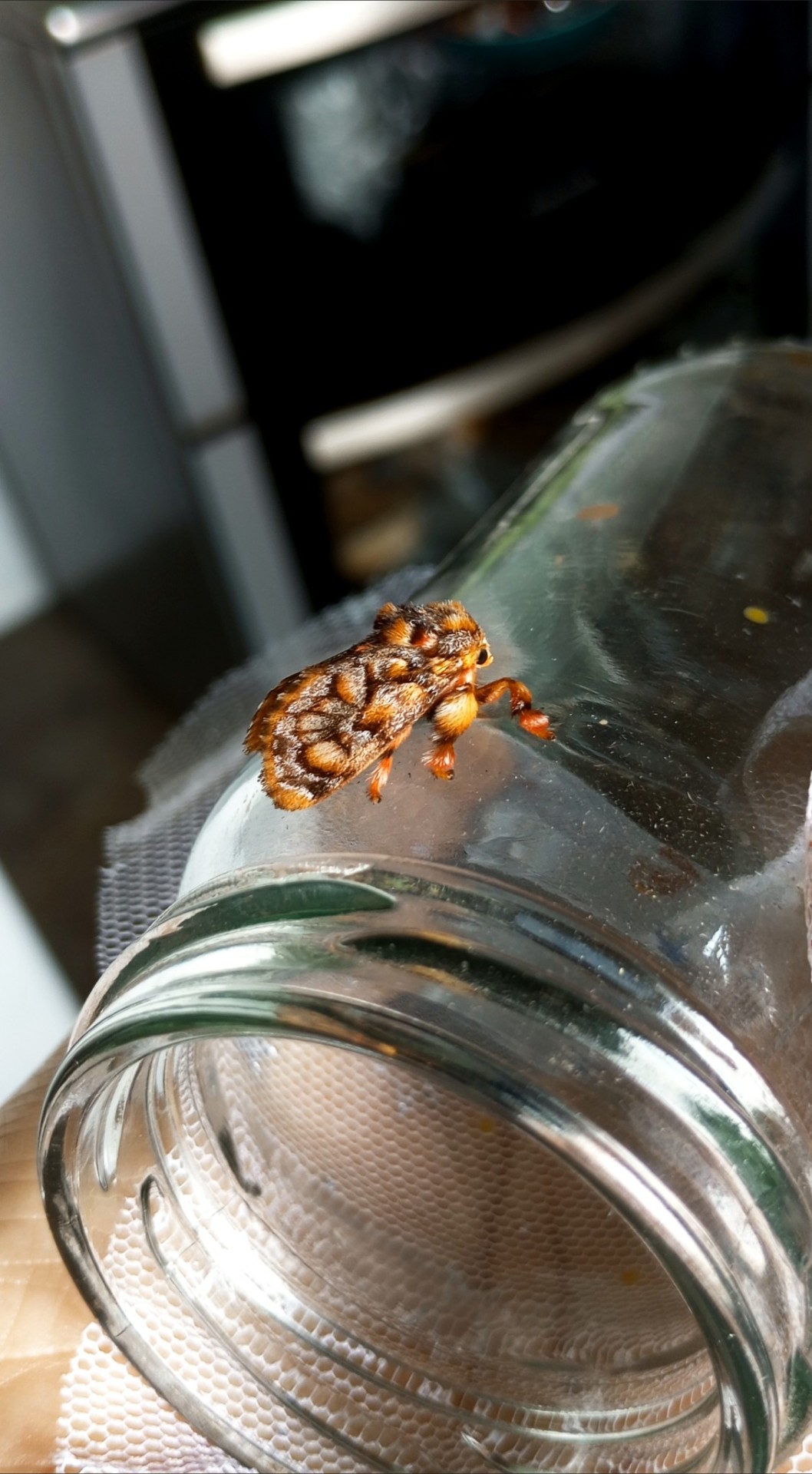
Phobetron hipparchia
#a bugs life#bugblr#tumblr bugs#cute bugs#lepidoptera#moth#moths#Polillas#a cool bug I've never seen before!#cool!
163 notes
·
View notes
Text
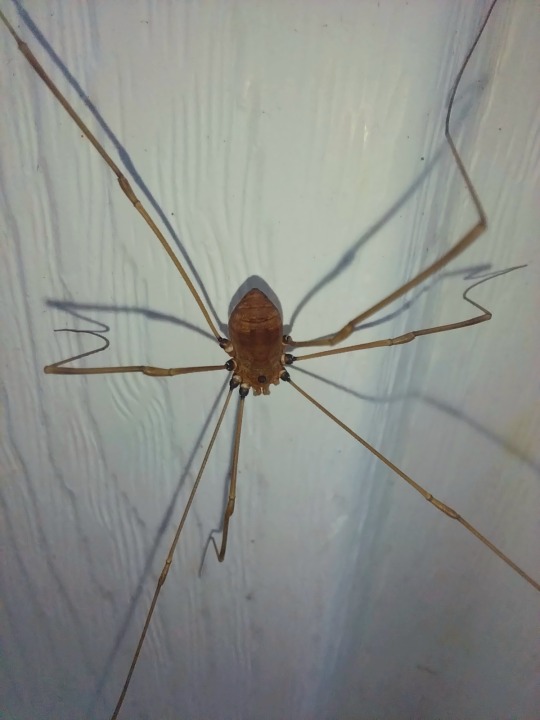
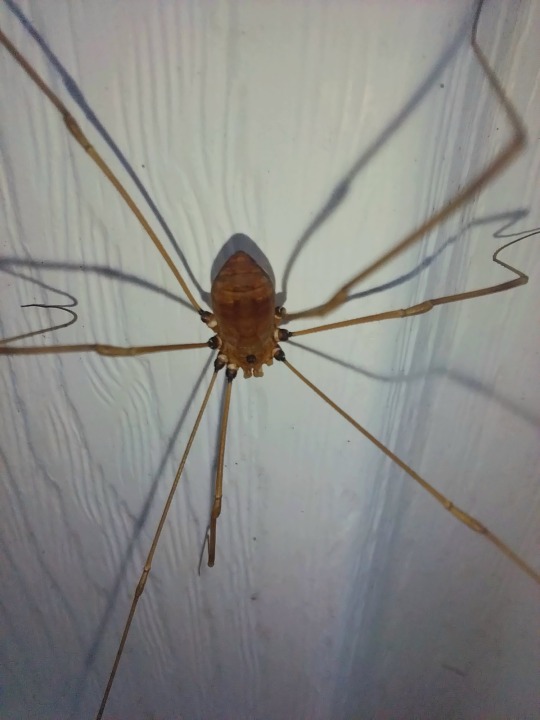

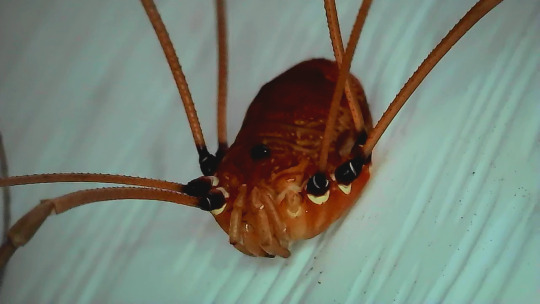
I am absolutely enamored by this harvestman! This is my first ever clear close-up shot of any opiliones. I love these pics so much.
#bugs#bugblr#ohio#insect#photography#bug#insects#science#cute bugs#northeast ohio#opilliones#opiliones#opilion#opilione
28 notes
·
View notes
Text
Sniffle... ermmm.. whimper.... bleah.. sob.....

#he looks like hes on the verge of tears#poor little guy#bugs#insects#post not made by a bug#bug posting#insect posting#bug#cute bugs#bug memes#insect memes#tw bugs
13K notes
·
View notes
Text

#from a groupchat of fellow scientists#entomology#ecology#nature blog#insect photography#insects#macro photography#ants#nature journal#cute bugs#butterflies#meme#science#science memes#naturalist#nature#nature memes#bug#bugs#bug memes
4K notes
·
View notes
Text
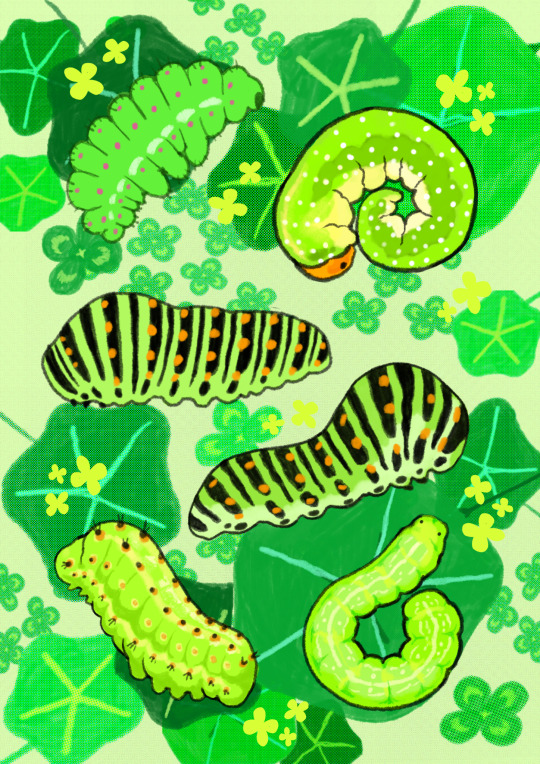
squishy little fellas 🐛
#artists on tumblr#illustration#drawing#artist#sketchbook#digital illustration#contemporary art#digital aritst#digital drawing#bugs#cute art#cute bugs#caterpillar#squishy#cutecore#original art#original piece#digital art#bug art
2K notes
·
View notes
Text

source
#very relatable i have to share with the world#yap sematary#entomology#katydid#bugblr#invertiblr#invertblr#invertebrate#invertebrates#invert#inverts#bug blogging#bug#bugs#insectblr#insect#insects#cute bugs#bug photography#bug lover#bug catching#bug collection#bug catcher#cool bugs
3K notes
·
View notes
Text

💫
#artwork#art#digital illustration#digital art#illustration#digital painting#artists on tumblr#animals#beetle#insects#goliath beetle#beetle art#beetle drawing#bug drawing#cute bugs#bug
4K notes
·
View notes
Text
Brenthia Moths: these moths can mimic the appearance and mannerisms of a jumping spider so convincingly that actual jumping spiders will sometimes attempt to court them

The markings, posture, and movements of a Brenthia moth (genus Brenthia, also known as a metalmark moth) all contribute to its disguise; the moths move around in short, jerky motions that mimic the movements of a jumping spider, and their hindwings are covered in black-and-white bands that strongly resemble the tucked-in legs of a salticiid spider, especially when the moth displays its unique wing position. The disguise serves as a defensive strategy, enabling the moth to avoid being preyed upon by actual jumping spiders.

In some cases, that disguise may work a little too well, as jumping spiders may actually mistake the moth for a potential mate and then attempt to engage it in a courtship/mating dance (which must be a pretty awkward and bizarre experience for the moth, tbh).
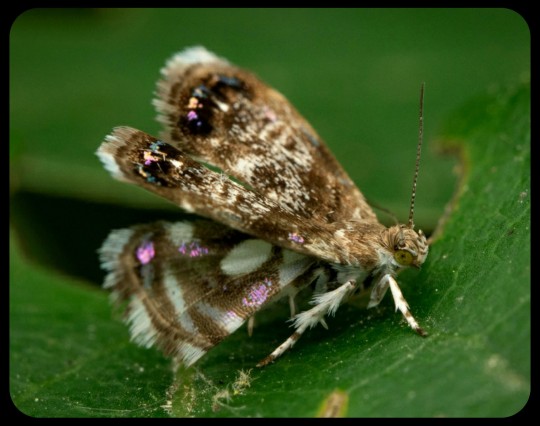
The resemblance between a Brenthia moth and a jumping spider may not seem terribly convincing to us, as human beings, but as this article explains:
When discussing animals mimicking their predator, it is important to remember that we humans are not the target audience. This means that the imitator may not look too convincing in its mimicry to us, but still manages to trigger a desired response from said predator.
Jumping spiders have also been known to respond to Brenthia moths by exhibiting a territorial display, which is yet another behavior that the spiders generally reserve for other spiders.
This study expands on the adaptive benefits of the moth's disguise:
In controlled trials, Brenthia had higher survival rates than other similarly sized moths in the presence of jumping spiders and jumping spiders responded to Brenthia with territorial displays, indicating that Brenthia were sometimes mistaken for jumping spiders, and not recognized as prey.
The illustration below shows the basic/general resemblance between a Brenthia moth and a jumping spider:

Sources & More Info:
New Scientist: Moth's Disguise is so Good, Spiders Love it Instead of Eating it
Animal Behaviour: Sheep in Wolf's Clothing
Science: This Moth Could Pass for a Spider
PLOS ONE Journal: Metalmark Moths Mimic their Jumping Spider Predators
Gil Wizen: Jumping Spider Mimicry in Brenthia Moths
Moths of North Carolina: Brenthia pavonacella
#lepidoptera#entomology#moths#peacock moth#brenthia#metalmark#mimicry#animal camouflage#cool animals#insects#cute bugs#jumping spiders#animals#arachnology#spiders#animal facts#salticidae#arthropods#mimicry among moths
6K notes
·
View notes
Text


Poplar hawkmoth, I repeat, poplar hawkmoth. The Poplar hawkmoths have landed. 🦋🐾
Sometimes the world feels bleak, but moths keep me going.
I've been a bit remiss with my moth posting lately, I'll try and share some more to make things a tiny, fluffy speck better.
#bugblr#moth#moths#insect#insects#lepidoptera#bugs#nature#entomology#moth promotional board#pretty moth#cute animals#cute bugs#cw insects#cw moths#moth trap#moth trapping#moths matter
760 notes
·
View notes
Text

Very different post of mine but recently I made some old teaching specimens into a art piece for my department!



#entomology art#entomology#aquatic entomology#bugs#cute bugs#bug art#insects#insect art#Luna moth#lepidoptera#lepidopterology#moths#moth post#bug post#biology#taxidermy#preserved insects#insect pinning#museum#grad school#biology graduate school
1K notes
·
View notes
Text
insects
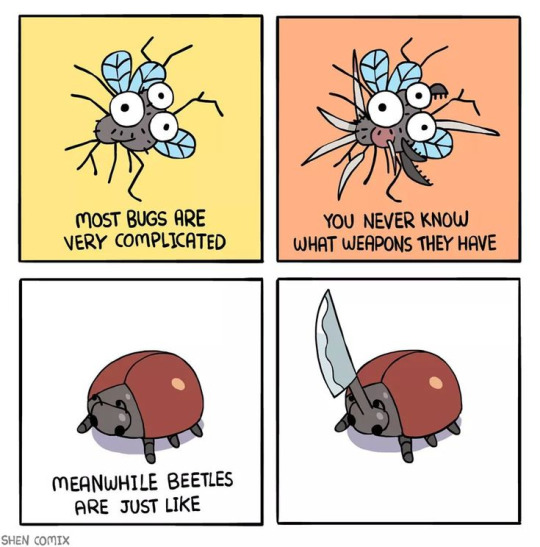
1K notes
·
View notes
Text


2K notes
·
View notes
Text
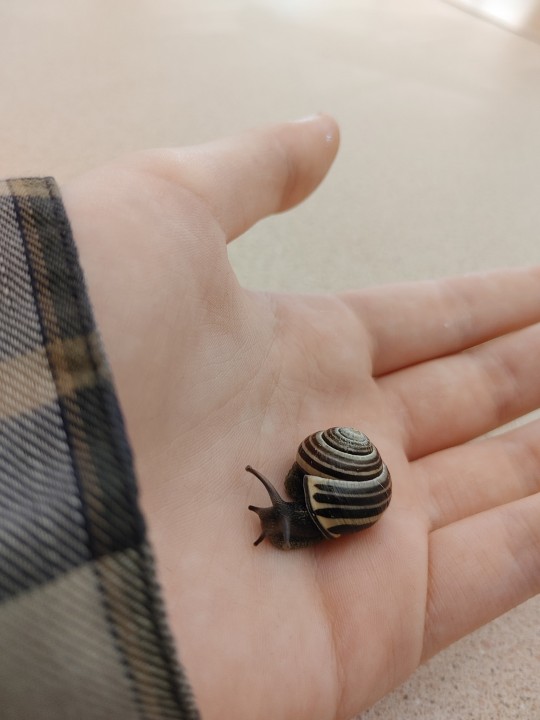
Hey, don't cry. Little snail, ok?
#snail#mental health#nature#bugs#cute insect#insects#cute bugs#bugblr#bug#little guy#reasons to live
4K notes
·
View notes
Text
Do you think we could use him as a lock pick

I bet we could
#post not made by a bug#insects#bugs#bug posting#insect posting#bug#cute bugs#bug memes#insect memes#tw bugs#weevil
6K notes
·
View notes
Text
Wasps so tiny you will question everything.
Imagine being so teeny tiny that you are an endoparasite on *leafhoppers* Leafhoppers are already in the "so small they go unnoticed" category, and you're just a little pest on a minuscule thing.
Of course the group that's most likely to choose this life? The wasps Wasps are some of the smallest insects. There are "fairy flies" that are parasites of the eggs of certain insects.
They are so small that air is "thick" to them and their wings have feathered edges are are oar shaped.
Some fairly flies are so tiny that their neurons are cells without nuclei. They got rid of them to save space. They can still think though... presumably the tiniest little thoughts.
Photo by Alexey Polilov, 2012
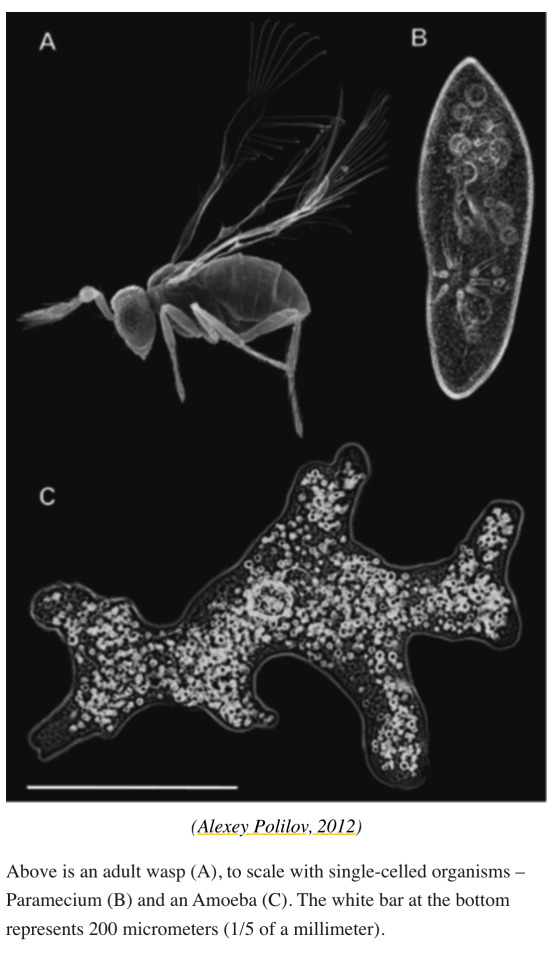
They lay their eggs inside of the eggs of 1-2mm long crop pests.
And... read the article to see what the males are like... they are even smaller somehow, but it's ... disturbing.
#tiny#too tiny#so smol#smol#hymenoptera#wasp#wasps#fairycore#fairy flies#Megaphragma mymaripenne#Megaphragma#little#bug#bugblr#cute bugs#arthropods#insects#invertebrates
7K notes
·
View notes